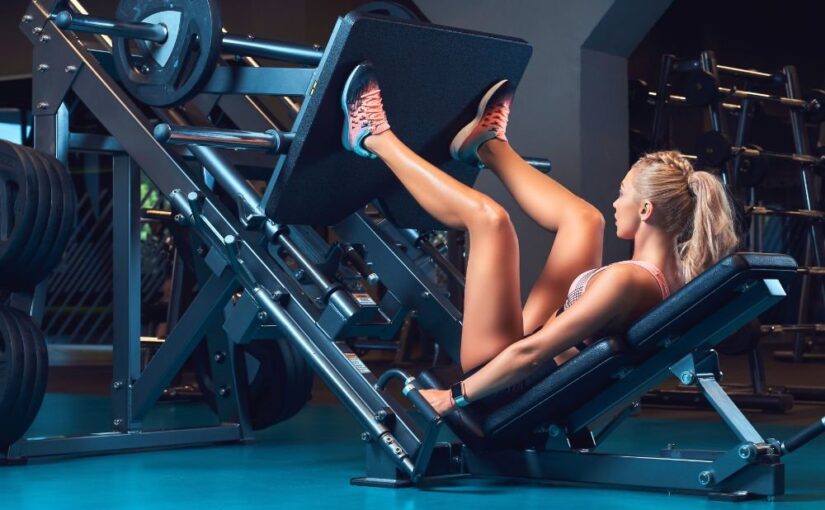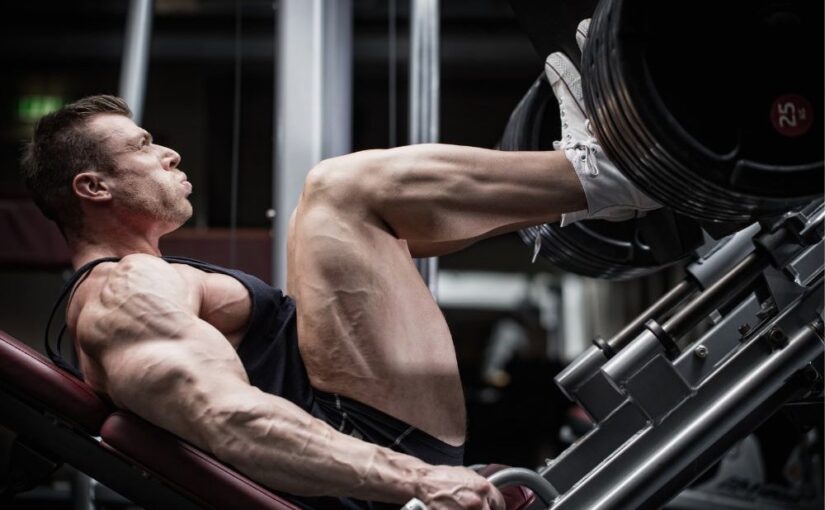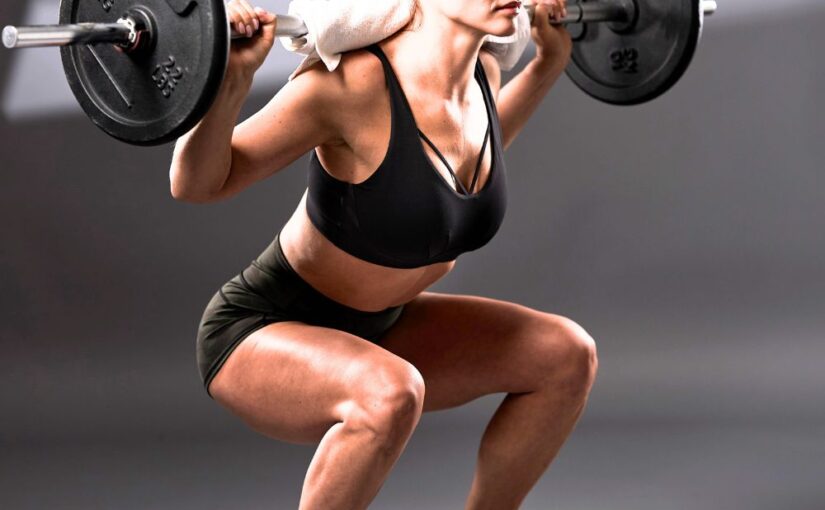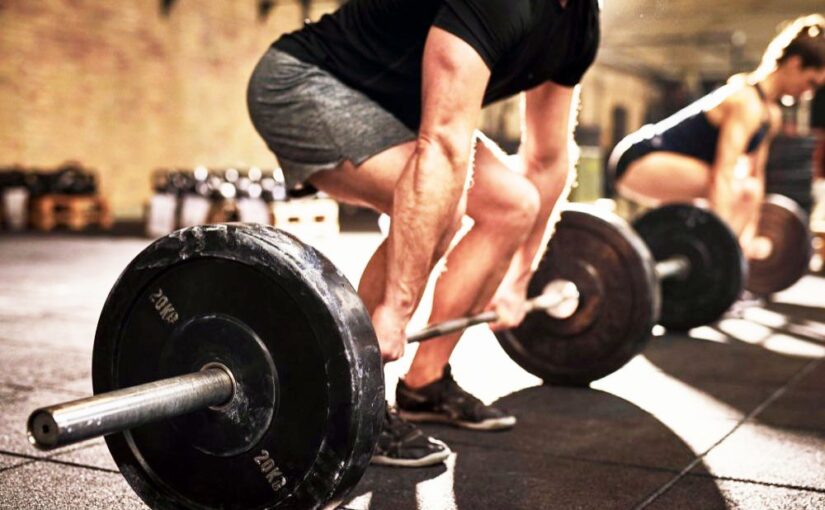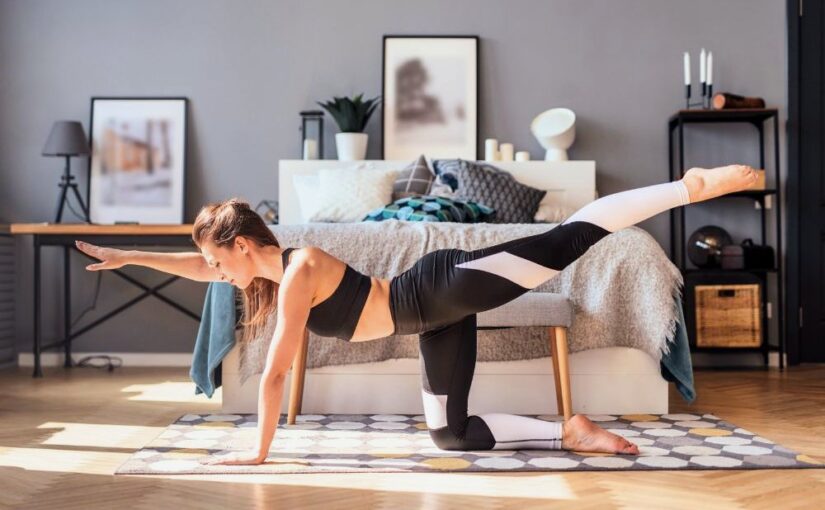Would you like to build strong legs without the hassle of a gym membership? If yes, then consider investing in a leg press machine for your home gym. Leg presses are effective for targeting the quadriceps, hamstrings, glutes, and calves. But with so many options available, how do you select the right one for your needs? This article highlights key factors to consider when choosing a leg press machine and reviews some top options.
Key Factors to Consider
When determining the best leg press machines for a home gym, consider the following factors:
Build Quality
Look for machines with sturdy construction and durable materials to ensure safety and longevity.
Weight Capacity
Choose a machine that supports a wide range of weights to accommodate different fitness levels.
Space Requirements
Consider the size and footprint of the machine to ensure it fits well in your home gym.
Adjustability
Machines with adjustable features for foot placement and seat position allow for personalized workouts.
Price
Evaluate the cost-to-value ratio, ensuring quality machines are accessible for various budgets.
User Reviews
Feedback from actual users can provide insights into performance and satisfaction.
Top Leg Press Machines
1. Body-Solid Leg Press
Overview: Known for its robust construction, the Body-Solid Leg Press is a favorite among home gym enthusiasts.
- Weight Capacity: Supports up to 1,000 lbs.
- Adjustability: Multiple footplate positions for varied exercises.
- Dimensions: Compact design fits well in small spaces.
Why It’s Great: The Body-Solid Leg Press offers stability and is suitable for advanced lifters.
2. Marcy Diamond Elite Leg Press
Overview: The Marcy Diamond Elite combines versatility with affordability.
- Weight Capacity: Holds up to 300 lbs.
- Adjustability: Adjustable backrest for comfort and support.
- Dimensions: Space-efficient design.
Why It’s Great: This machine provides an excellent range of motion and is suitable for beginners and intermediates.
3. Titan Fitness Vertical Leg Press
Overview: The Titan Fitness Vertical Leg Press features a compact vertical design, perfect for tight spaces.
- Weight Capacity: Supports up to 600 lbs.
- Adjustability: Adjustable footplate for various leg angles.
- Dimensions: Space-saving vertical design.
Why It’s Great: Ideal for limited spaces while still providing a robust workout.
4. PowerLine P2LPX Leg Press
Overview: The PowerLine P2LPX is a budget-friendly option that doesn’t compromise on quality.
- Weight Capacity: Supports up to 400 lbs.
- Adjustability: Adjustable backrest for comfort.
- Dimensions: Moderate size, suitable for most home gyms.
Why It’s Great: Offers great value and solid performance for effective leg workouts.
5. Life Fitness Leg Press
Overview: A premium option, the Life Fitness Leg Press is designed for serious athletes.
- Weight Capacity: Up to 1,000 lbs.
- Adjustability: Features for optimal foot placement and comfort.
- Dimensions: Larger footprint built for high performance.
Why It’s Great: Provides an exceptional workout experience for dedicated fitness enthusiasts.
Conclusion
Choosing the right leg press machine for your home gym depends on your specific needs, space constraints, and budget. The options listed above were selected based on their build quality, weight capacity, adjustability, and user feedback. Whether you’re a beginner or an experienced lifter, investing in a leg press machine can elevate your strength training routine and help you achieve your fitness goals from the comfort of home.

